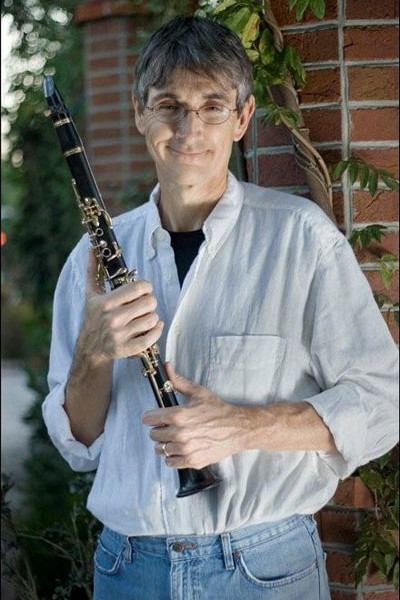The following sounds should not come from the clarinet:
• Squeak!
• Chirp!!
• Squawk!!!
Come to think of it, “hsssss” is not good either. The good news is: It may not be your fault. Your instrument may be in need of repair.
Quick Check. To spot potential problems, make a quick check of your instrument before you assemble it. Starting with the mouthpiece, examine the tip and facing for chips or dents.
Take the upper joint and put your hand in position, covering all of the tone holes. Plug the bottom with your right palm. Put your mouth on top and blow just hard enough to puff out your cheeks. If all the pads—and your fingers—are sealed properly, you won’t hear any air leaking.
Switch hands and do the same with the lower joint, using your pinky to close the low E/middle B key. Don’t blow too hard as you can overpower the springs on some keys, and you’ll mistakenly think you have a leak. Use light suction if you have any doubt.
Inspect all corks for wear. A loose-fitting cork joint can leak air and also allow the joints to separate slightly, causing intonation problems.
If your clarinet is made of wood, check periodically for cracks. They’ll be thin—about the width of a human hair or less—and often pass right through the small holes in the upper joint.
Simple Maintenance. Avoid frequent trips to the repair shop with simple maintenance:
• Use an eyeglass screwdriver to tighten loose screws.
• Use cork grease or lanolin on your corks every other time you play. They’re porous and need the moisture.
• Use a paper towel to dab under a pad—especially for the side keys in the upper joint—if you see moisture gathering.
• Swab your horn out before you put it in the case.
• Handle the mouthpiece carefully. Plastic mouthpiece caps and ligatures are less likely to damage the mouthpiece. If your instrument passes your inspection, and you’re still making those squeaks and chirps … um … practice!


